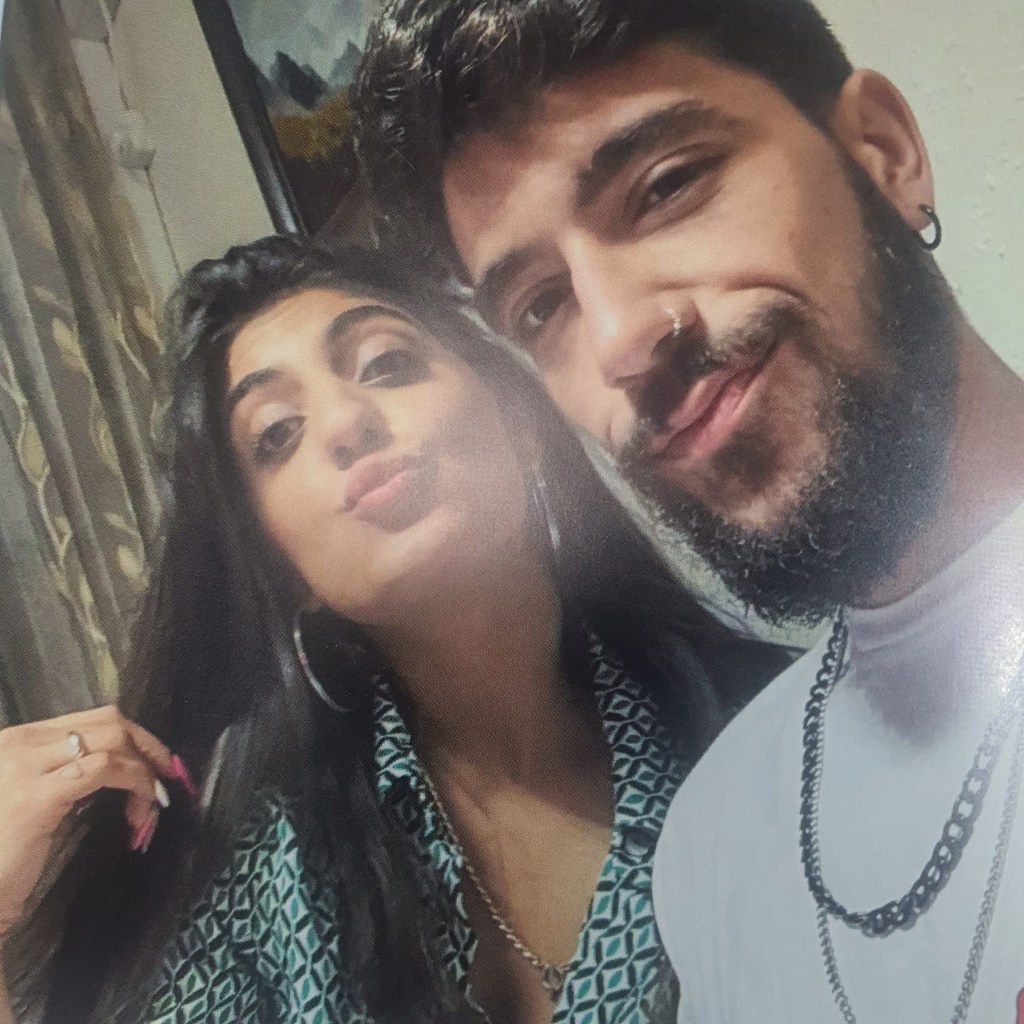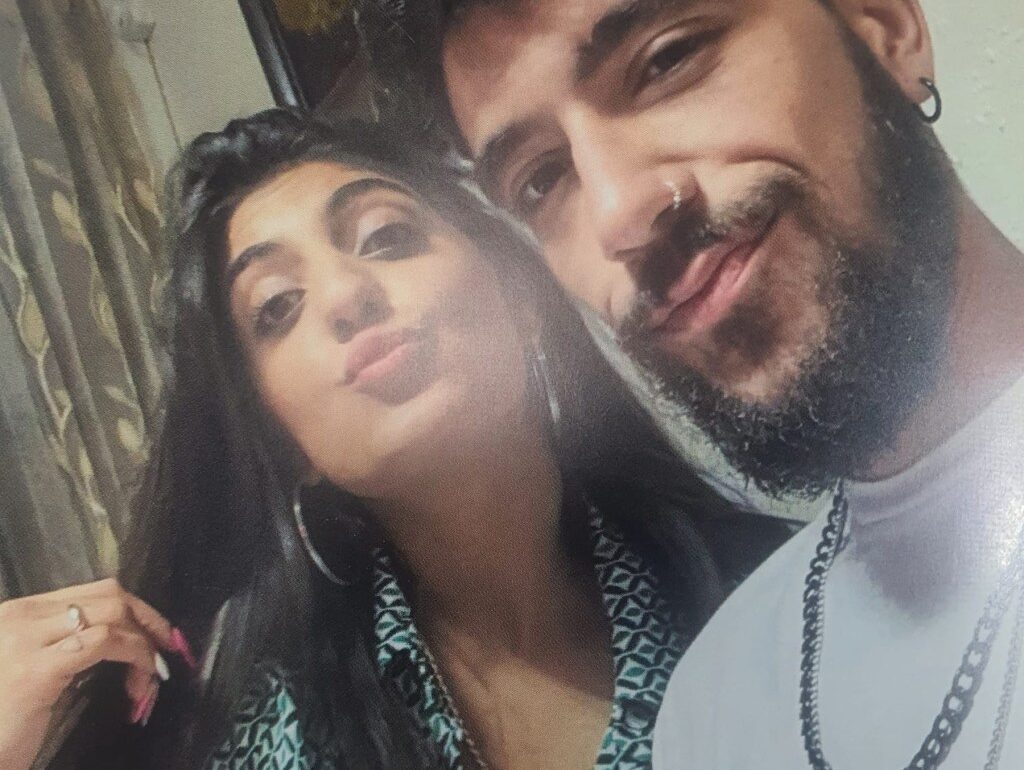The bombs turning Gaza to rubble have been paused. Residents of the besieged coastal strip are taking an extended moment’s reprieve while Israel and Hamas agree to two more days of exchanging Palestinian prisoners for Israeli hostages.
For Israelis still reeling from the deadliest attack and mass abduction in their country’s history, the extension is seen as a chance to reunite more families who were torn apart in Hamas’ Oct. 7 massacre. Meanwhile, in Gaza, Palestinians in one of the world’s most densely populated places have been taking in the cost of more than a month and a half of the most intense and indiscriminate Israeli assault of their lives.
When the pause in fighting came into effect Friday morning, Mohammad Rajoub took his kids from their U.N. shelter in the southern Gazan city of Khan Younis to the beach. “It was crazy,” he says, chuckling about his kids’ determination to swim, despite the onset of winter winds. It was a fleeting moment of joy. Then the reality sunk in: residential blocks razed to the ground; bodies still trapped beneath; thousands of people lined up for the rare arrival of cooking oil. Rajoub describes bustling markets in the city, but also skyrocketing prices and major shortages alongside very limited access to aid.
Like more than a million Palestinians forced from their homes in northern Gaza amid Israeli air raids, Rajoub is not allowed to return home to survey the damage in now Israeli-occupied Gaza City, despite the lull. He has instead been busy working in southern Gaza for an international medical NGO, traveling between makeshift clinics set up in the pause to a war that has already killed more than 15,000 Palestinians, including more than 6,000 children in a place that’s home to 2.3 million people.
Terrified about the next stage of the war and skeptical that Israel will agree to a permanent ceasefire, he draws up two plans for the next few days. One plan is for the resumption of war, where he shelters with his family indefinitely; the other is for an extension of the truce, where he continues to work amid the destruction that’s already been brought. As news breaks of a two-day truce extension on Monday evening, the 40-year-old father breathes a sigh of relief. But there is no joy this time. “We’re not going to the beach tomorrow,” he says on the phone from the U.N. shelter, reflecting on how little they were able to take when they fled for their lives. “We’re going to the market to stock up on winter clothes for the kids,” he continues, anxious about when fighting may resume. “We are planning our life hour by hour because we don’t know what is going to happen.”
Sustained through the daily trade of hostages taken to Gaza for Palestinian prisoners in Israeli jails, the truce has primarily seen women and children released on both sides. So far 86 Israeli hostages and 180 Palestinian prisoners have been released since Friday. Despite the Israeli government and military concerns that extending a truce which has allowed limited aid and fuel into Gaza would make the war more difficult to restart, U.S. pressure and an Israeli public eager to bring people home have seemed to prevail for now.
An estimated 100,000 Israelis gathered around Tel Aviv’s Modern Art Museum on Saturday evening ahead of the second exchange to demand the return of all the captives. It’s the latest in a series of rallies led by the families and friends of the estimated 240 hostages taken in the grizzly Oct. 7 attacks and massacres in southern Israel that killed more than 1,200, a movement shaped by every assault since their loved ones were taken to Gaza. Hamas claims 60 hostages have been killed in Israeli air raids. At the same time, hostage videos released by Hamas have psychologically tormented an Israeli public experiencing collective anxiety over the generally unknown conditions in captivity. Hostages who have been released have described irregular meals, long waits to use the bathroom, and sleeping on hard benches and chairs pulled together for 50 days.
Ilan Zecharya, 50, stepped away from the crowds in front of the Modern Art Museum and into a tent for families of the hostages to check the latest news. His niece, 28-year-old Eden Zecharya, was wounded and abducted during the massacre at the Supernova rave. So far she hasn’t been on any of the lists for release, and her family, desperate to see her returned, has had no contact with her since 6:50 a.m. on Oct. 7. All they know, says Zecharya, is that she was trying to escape the rave with her boyfriend when he was killed and she was seized: “It’s stretching our nerves to the limit.”
He describes Eden as a spiritual woman who loves electronic and Hebrew-language music — someone who is open and left-wing, wanting peace and to find a way for Israelis and Palestinians to live together. “She believes we can live in peace and even come to an agreement about, you know, the territories,” he says, referring to the lands Israel has occupied since the 1967 war. Zecharya says his niece had plans to marry her boyfriend, Ofek Kimchi, who was killed trying to protect her. He depicts a family that has been devastated by her abduction and desperate to see her again.

Ofek Kimchi
As he hears news that Hamas may delay the release on Saturday night, with Israel threatening to void the deal and restart the war if they aren’t set free by midnight, a problem resolved hours later, Zecharya goes completely pale. Horrified at the thought of losing his niece, who he fondly remembers as being the flower girl at his wedding when she was a child, he calls for a comprehensive resolution to free all of the hostages. “Eden spoke to her father just before the terrorists attacked them,” he says, recalling her last conversation. “Just before she hung up, she said, ‘Please take care of my dogs.’ She loves her dogs.”
While Zecharya avoids criticizing the government, many of those desperate to see the return of loved ones snatched away to Gaza are the ones calling for a full, permanent ceasefire and prisoner exchange.
Gathered in a long, somber line across the street of Israel’s Ministry of Defence in Tel Aviv in the first weeks of the war, friends, families, and supporters of the abducted Israelis hold pictures of the missing. Publicly dissenting in an environment where public criticism of the war gets Palestinians arrested and Israeli Jews fired from their jobs, they are the leading Israeli voice to end a war with no end in sight.
“Hopefully the public pressure will wake up the government,” says Ortal Tal, a 40 year-old activist who was part of the prewar anti-government protest movement and has been providing aid in southern Israel since the war. “They need to bring [all of the hostages] back as soon as possible, and I don’t think we should stand by and wait for them.” She has lost friends in the attacks, and despite Netanyahu’s rejection of calls for a permanent ceasefire, she believes that fighting to avenge the dead will sacrifice the living. “The United States with the European Union, and even Qatar, those people can help us bring our families home,” she says, distrustful of Netanyahu and his leadership over the most hardline nationalist government in Israeli history.
Officially committed to continuing its war until the political and military destruction of the Palestinian Islamic Nationalist movement that rules from inside Gaza, Israel has made clear that any pause in fighting with Hamas is temporary. It has also responded to the hostage crisis by arresting 3,200 Palestinians in nightly occupied West Bank and East Jerusalem raids since the war started, while taking away more basic rights from Palestinian prisoners. The declining conditions and increasing abuse of Palestinian prisoners is fuelling a sense of desperation in Palestinian society, where every family has been touched by Israeli detention. It is why Hamas has made the release of all Palestinian prisoners a central demand. As hostage videos cause deep anguish in Israeli society, social media videos of Israeli soldiers abusing and humiliating Palestinian detainees spark collective Palestinian horror.
Tal Steiner, the executive director of Israel’s Public Commitee Against Torture, says while they are hearing stories about escalating abuse and torture in Israeli prisons since Oct. 7, lawyers and monitoring groups have been denied access. Six prisoners have died in unclear circumstances, and the Committee Against Torture is concerned but unable to get details. Part of the abuse, Steiner believes, is coming from escalating acts of violence during interrogation in a system rife with mistreatment and torture. She also sees general acts of deprivation as politically-motivated messaging by the hardline nationalist national security minister, Itimar Ben Gvir. “The fact that they’ve been denied the ability to shower, food shortages, power shortages, being disconnected from the outside world,” Steiner says, “all those are measures that have nothing to do with security and are purely punitive.”
Draped with a red keffiyeh around her shoulders as she stands in a reception hall just outside of Ramallah after being released from two years of Israeli captivity on Friday evening, 26-year-old Fairouz Al Baw is pale and exhausted but defiant and determined. From the West Bank town of Abu Dis, she is livid about the treatment she received alongside other Palestinians in Israel’s prisons since the beginning of the war. “We had no communication with our families, we were beaten, they hit us with tear gas.”
Accused of stabbing an Israeli — an accusation she denies — Al Baw was held without charge or trial for two years under a clause of Israeli military rule called administrative detention that dates back to the British Mandate. The provision, which can be extended by order of the regional military commander at will, denies Palestinians, who unlike Israelis are subject to military rather than civilian law, any due process or legal rights.
Al Baw and more than 30 other women and children were released to a hero’s welcome in a West Bank where victories are few amid closed checkpoints, escalating military raids and settler attacks that have not stopped since the truce. It was a scene Israel was determined to avoid, tear-gassing and shooting rubber bullets at the families and crowds who gathered to welcome those freed. After multiple volleys of tear gas that sent people of all ages spluttering, the Red Cross-driven buses carrying the prisoners were thronged by crowds waving Hamas flags as they crossed the Ofer Prison checkpoint in a sign of defiance to both Israel and the Palestinian Authority.
Although celebratory in reception, the prisoner releases like the return of the hostages have been bittersweet. There is no sense of revelry or even collective relief, with both zapped by the staggering level of death and devastation in Gaza and the carnage of Oct. 7. As the trickle of hostages remind Israelis of how many are still trapped, the dozens of prisoners released remind Palestians of the thousands more still locked away while Israel takes more every night.
Despite her unexpected freedom, for Al Baw it’s incomplete because of those left behind and tempered by the astronomical cost to Gaza. “It’s happiness wrapped in sadness.”
This post was originally published on this site be sure to check out more of their content.







